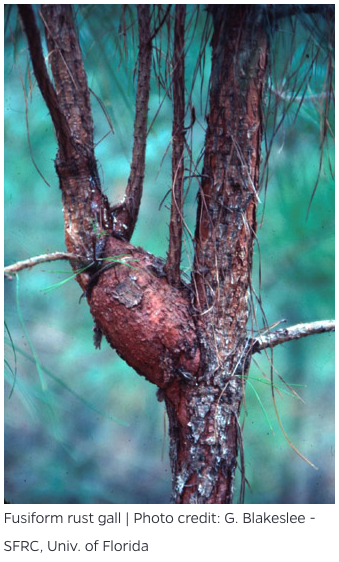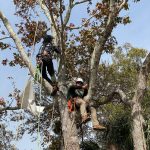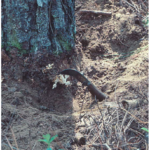Understanding Fusiform Rust in Trees: Causes, Symptoms, and Management
Trees are an essential part of our natural environment, providing beauty, shade, and numerous benefits. However, just like any living organism, trees can be susceptible to various diseases. One such common disease is Fusiform Rust. In this blog, we’ll explore what Fusiform Rust is, its causes, symptoms, and how to manage it effectively. Let’s delve into the world of tree health and learn how to protect our beloved trees.
What is Fusiform Rust?
Fusiform Rust is a fungal disease caused by the pathogen Cronartium quercuum f. sp. fusiforme. This disease primarily affects pine trees, particularly southern pines such as loblolly, slash, and longleaf pines. It can also infect other hosts, including oak and sweetgum trees. Fusiform Rust can cause significant damage to tree health and productivity if left untreated.
Causes of Fusiform Rust:
The Fusiform Rust disease has a unique lifecycle that involves two host plants. The pathogen spreads through spores released by galls (abnormal growths) on infected pine trees. These spores are carried by wind or insects to alternate hosts, usually oak or sweetgum trees. The infection cycle continues when spores from these alternate hosts return to susceptible pine trees, creating a continuous cycle of infection.
Symptoms of Fusiform Rust:
Identifying Fusiform Rust is crucial for early intervention. Look for the following symptoms:
On Pine Trees: Look for spindle-shaped galls on branches, stems, or trunks. These galls can range in size from small bumps to large, elongated swellings. As the infection progresses, the galls rupture, releasing orange spore masses.
On Alternate Hosts: Oak and sweetgum trees may exhibit raised, corky cankers or lesions on their bark. These cankers may ooze a reddish-brown, gummy substance.
Managing Fusiform Rust:
Effective management strategies can help control Fusiform Rust and minimize its impact on tree health. Here are some recommended practices:
Plant Resistant Tree Varieties: When planting new trees, select cultivars that have shown resistance to Fusiform Rust.
Prune Infected Branches: Regularly inspect trees and promptly prune and destroy any infected branches or galls to reduce the spread of the disease.
Promote Tree Health: Maintain tree vigor through proper cultural practices, including adequate watering, mulching, and fertilization. Healthy trees are better equipped to resist and recover from diseases.
Chemical Treatments: In severe cases, professional arborists may recommend targeted fungicide applications to control the disease. Consult with a certified arborist for appropriate treatment options.
Fusiform Rust is a significant concern for pine trees and other susceptible hosts. By understanding the causes, recognizing the symptoms, and implementing effective management practices, we can help protect our trees from this destructive disease. Regular monitoring, prompt action, and proper tree care are key to maintaining the health and longevity of our beloved trees. Remember, seeking guidance from professional arborists can provide valuable insight and assistance in managing Fusiform Rust and preserving the vitality of our treasured natural resources.




